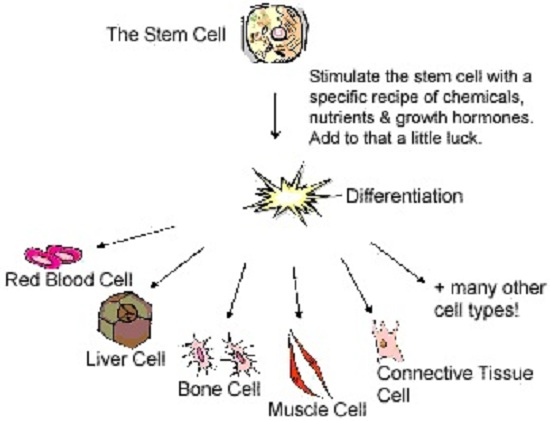- The bodies of living organisms are made up of small microscopic units called cells.
- A cell is the basic functional unit of an organism.
Read More On
1 millimeter (mm) = 1000 micrometres (μm).
1 micrometer (μm) = 1000 nanometres (nm).

